Mikrogeophagus ramirezi: The Blue Ram Cichlid
Mikrogephagus ramirezi (Latin: micro "small"; ge phagus "one that eats") is a dwarf cichlid species of South American origin. It is popular in the aquarium trade since 1948. It has been known by three other names over the years but in 2011, it was finally agreed that their names Apistogramma ramirezi, Microgeophagus ramirezi and Papiliochromis ramirezi would no longer be applied and the official name would be Mikrogeophagus ramirezi. It is still not uncommon for the previous names to appear in fish shops or wholesaler fish lists.
In the wild, The Mikrogeophagus ramirezi can be found inhabiting a variety of environments such as blackwater river canals to clearwater flooded savannas. You will often find them living happily alongside other fish like Apistogramma and tetra species.
This cichlid has gained enormous popularity, not only in South America but all over the world. This is due to its attractive colours and smaller stature compared to other cichlids. 
Setting up an aquarium specifically for the Ram Cichlid is not overly demanding, in fact, it can be very simple depending on what your goal is. Being a non-aggressive cichlid, they are welcomed into most freshwater community aquariums without issues. That being said, housing a group of males with only one or two females could result in aggression so we would always suggest either an all-male group or three females to one male.
To achieve the best conditions for your rams, and observe more natural behaviours, a simple flooded Savanna biotope style is simple to set up and with the addition of a select choice of plants, you can create a visually appealing aquarium at the same time.
Let us start from the bottom and work our way up. The substrate is the foundation of all good, healthy successful aquariums. A good substrate provides nutrients for plants, bacteria forms and aids the breakdown of biological waste and from an aesthetically pleasing point of view, you need to have the best colour and texture to suit the rest of your aquarium. For the purposes of this blog and to create a flooded savanna style aquarium, we advise soft silica sand mixed with a bunch of leaf litter and silty mud. The ram cichlid will sift through the sand in search of tiny microorganisms to eat.
Next, we should consider decor. The Ram Cichlid is a substrate egg layer which means it will prepare a surface close to the ground such as smooth stone or wood. If nothing like this can be found in the wild, males will dig a small creator for spawning purposes. In the home aquarium, a mixture of wood and rock can be placed towards the rear of the aquarium leaving the front area free for open swimming and plants.
When selecting plants for this aquarium they can be found with Cabomba species and grass varieties. As you know, Cabomba is unfortunately illegal here in New Zealand so you can use Ambulia as an alternative along with any of the widely available grass species. If you are aiming for a heavily planted aquarium be sure to research the needs of your plants and ensure you have adequate lighting and CO2 in advance, otherwise you will lose many of the plants in the first few weeks.
Water conditions are straight forward but I must stress that stability is much more important. The following parameters are found across all the natural habitats.
Water Temperature: 25-30℃
pH Range: 4.5-6.5
It is worth noting that these fish do prefer the warmer conditions and this is often a challenge when adding them to a community tank that has cooler water. Please research fish species prior to adding them and make sure they are ok with the higher temperatures. Blue Rams have picked up a reputation for being a bit tricky to keep however if you observe a few simple requirements, you will have healthy, happy colourful fish to enjoy for a long time.

When considering tankmates, it depends on the kind of setup you are keeping them in. For a simple community tank, you can really keep anything that is not too big or aggressive and that can live happily within the same parameters as the Mikrogeophagus ramirezi. Most tetra and plecos cope well with warmer water temperatures. Personally, I think they go very well with rummy nose tetras and Ottocinclus catfish. These can be found living alongside Rams in the wild. Otocinclus do a great job of keeping things clean while the rummy nose tetras compliment the behaviours of the cichlids.
One behavioural trait of the Blue ram is its ability to hover completely still at an angle just above the substrate. They do this while looking for food. the Rummy nose tetra on the other hand never stops swimming until the lights go out. So having both fish together provides you with balance.
When it comes to food, The Ram Cichlid is not a fussy eater like some fish. In the wild, they eat small crustaceans, insects and plant matter. In the aquarium, they will accept a variety of foods from flakes to frozen brine shrimp.
So, If you have ever considered giving these little cichlids a try, then take what you have learned today and get out there and give them a try. It is not often that you find such interesting fish with so much personality. The Blue Ram really is an amazing little Cichlid.
If you are interested in some rams, you can check them out here
Thank you to Ivan Mikolji for allowing us to use his stunning photos.

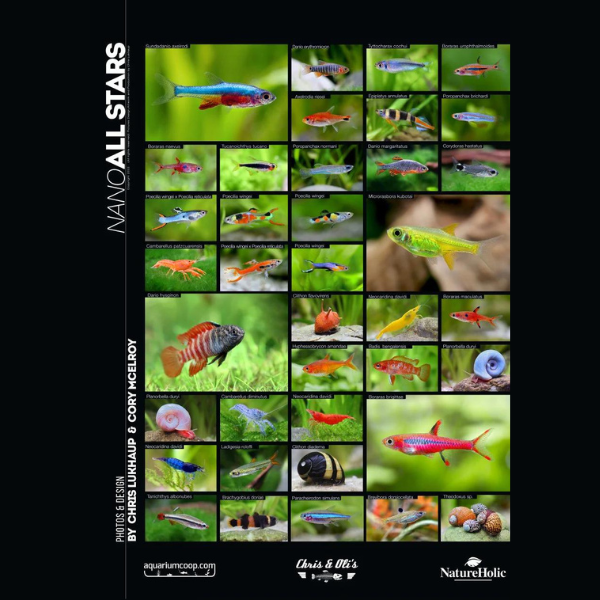
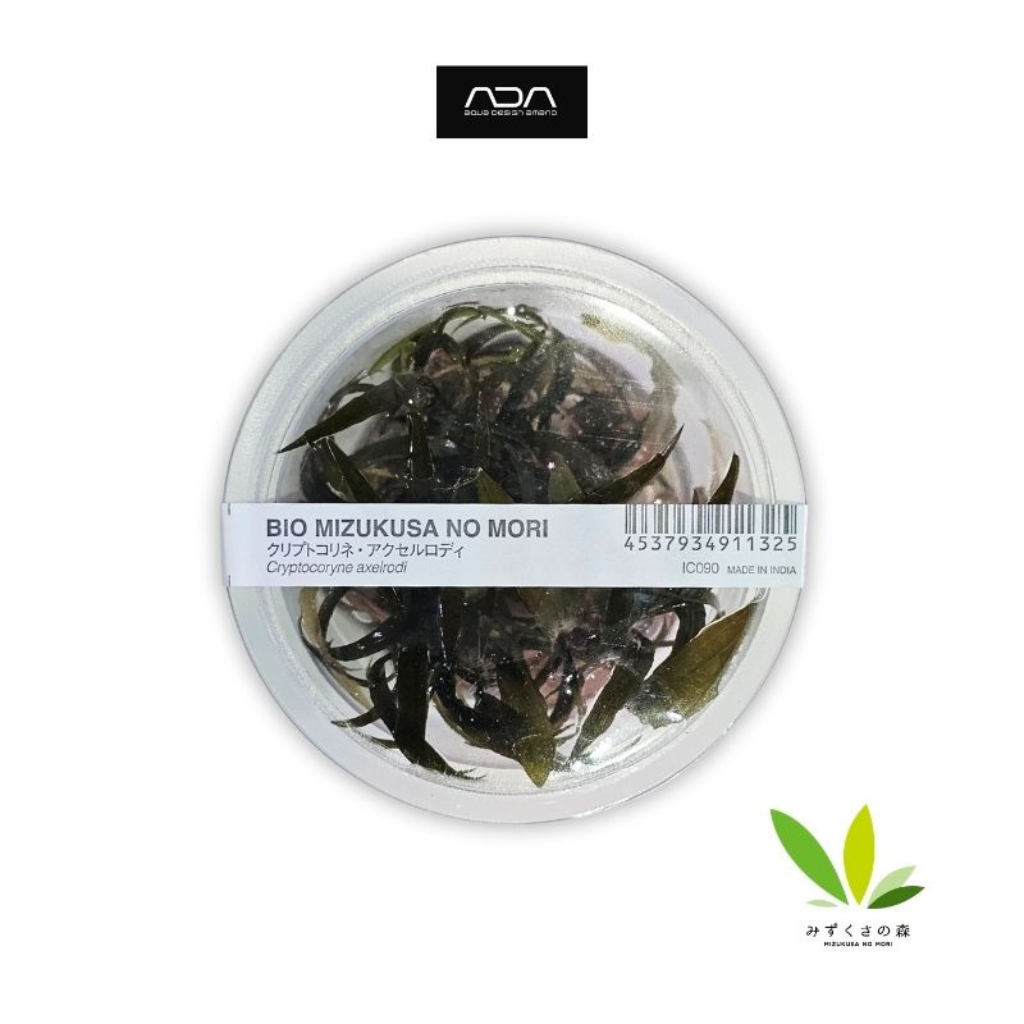
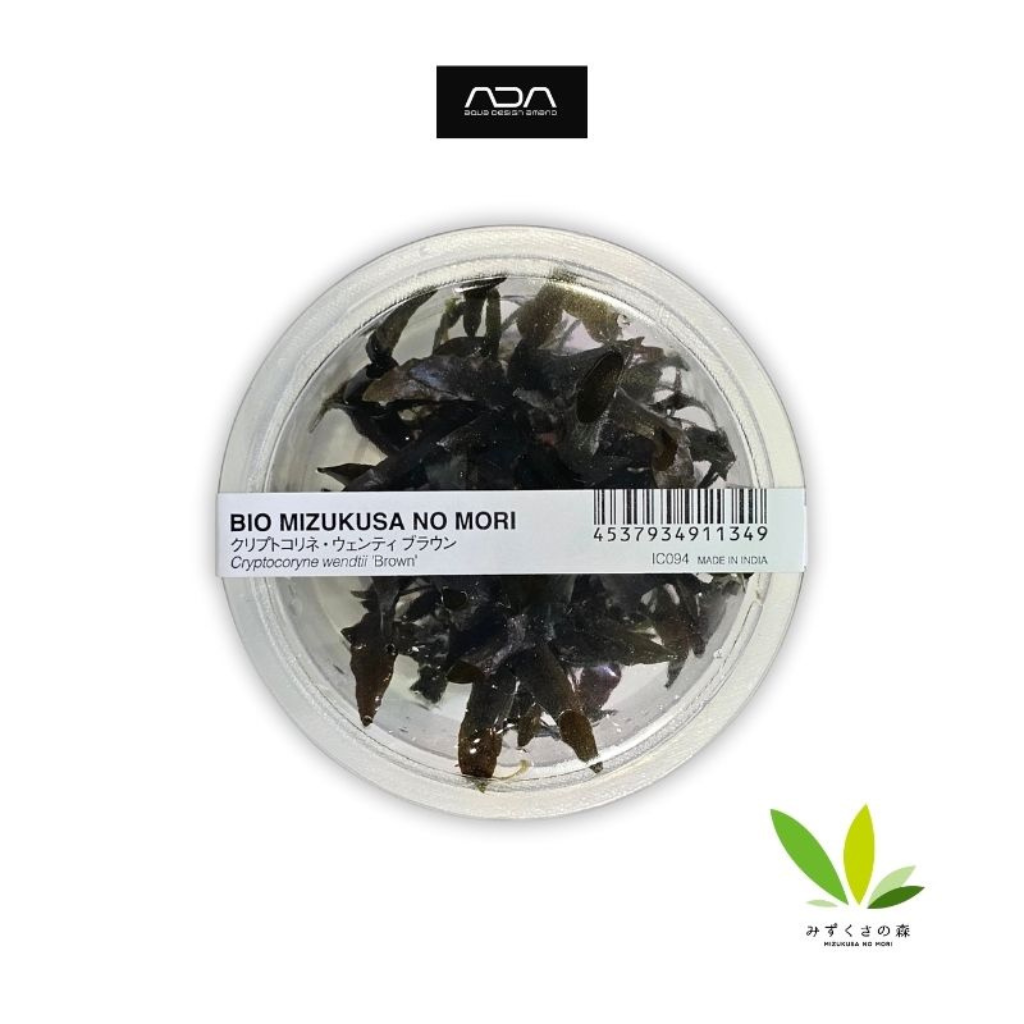
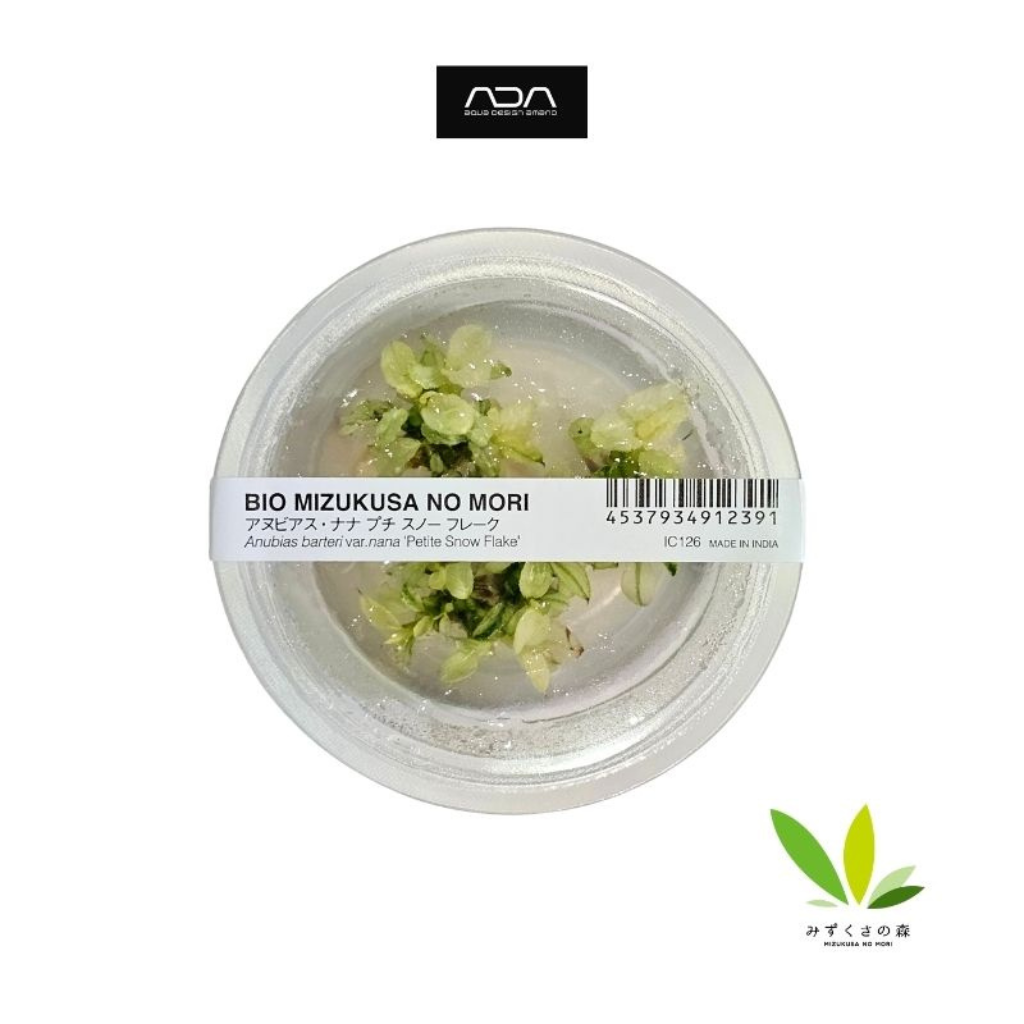
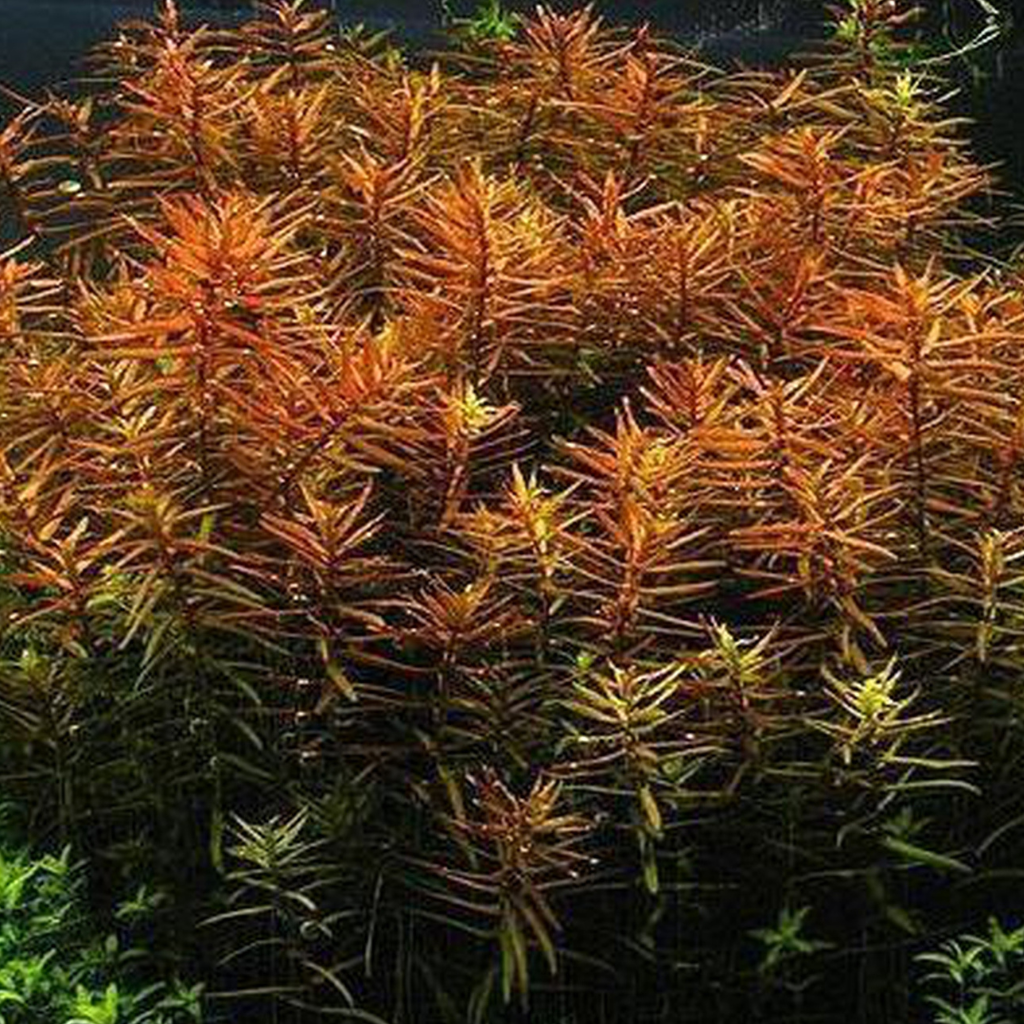
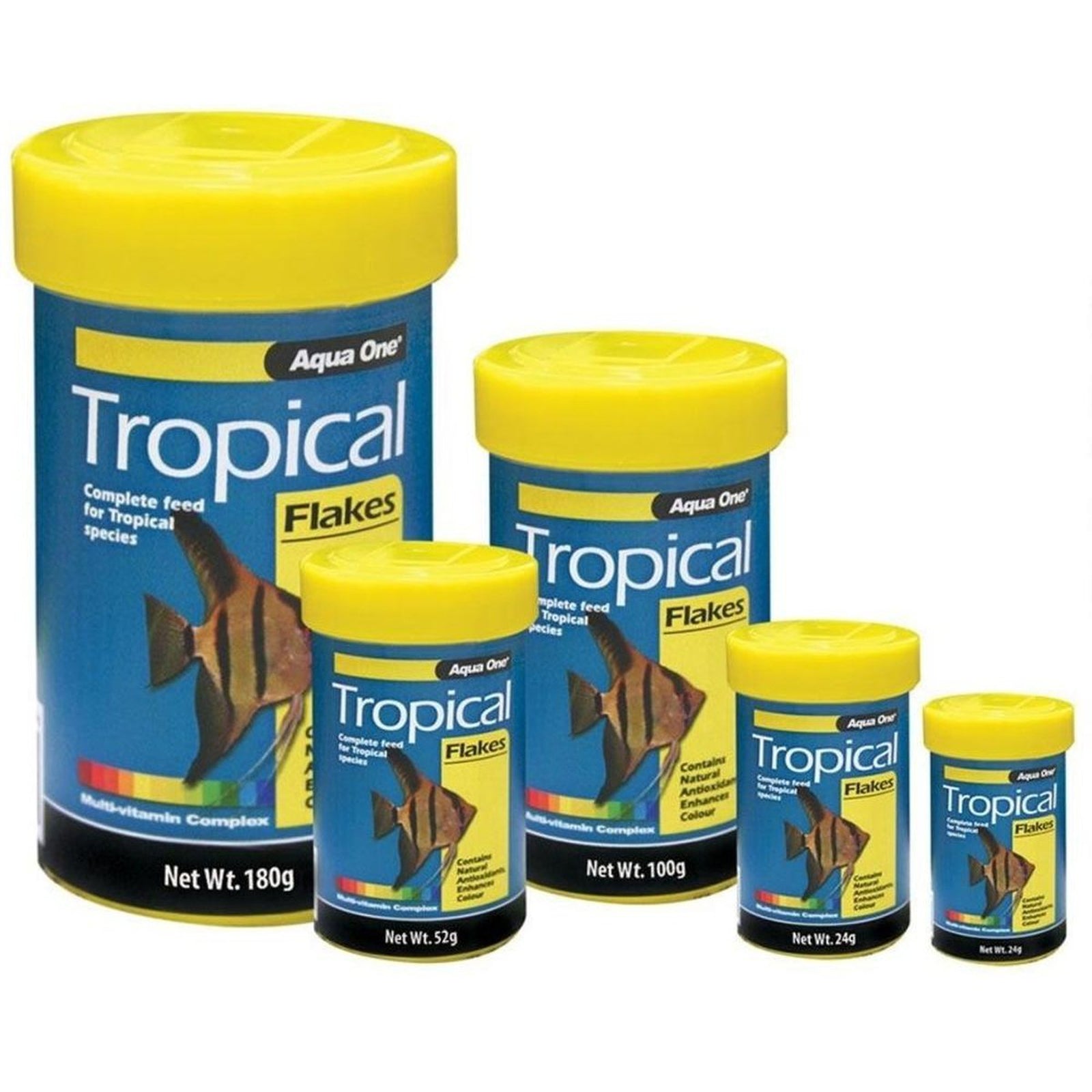
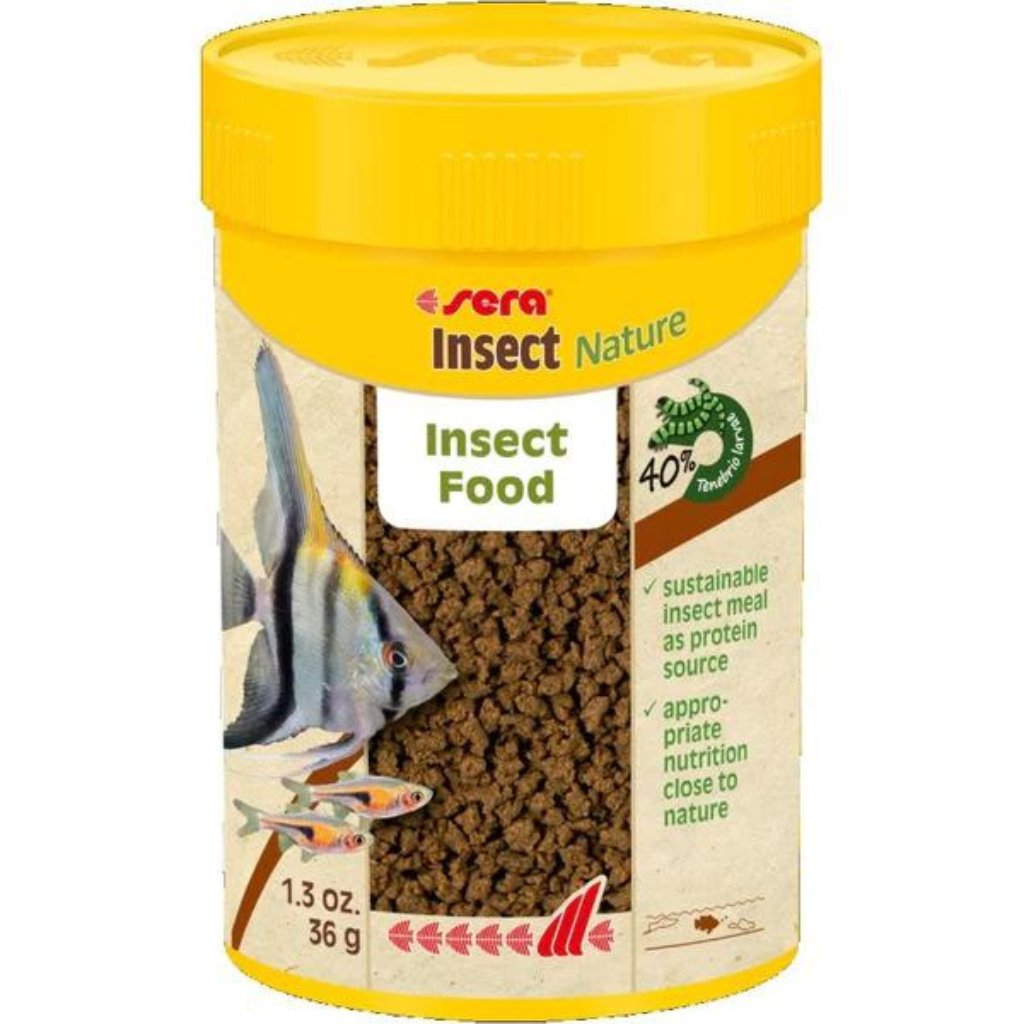
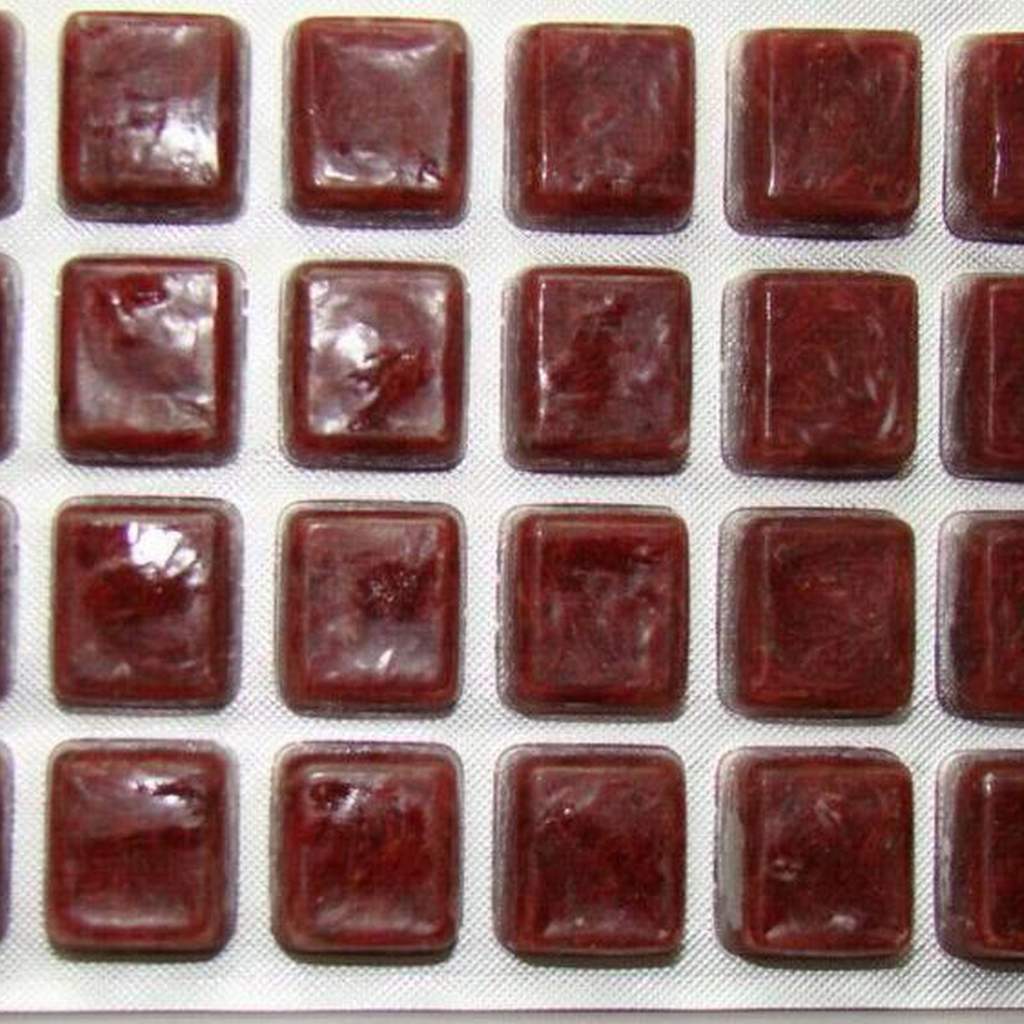
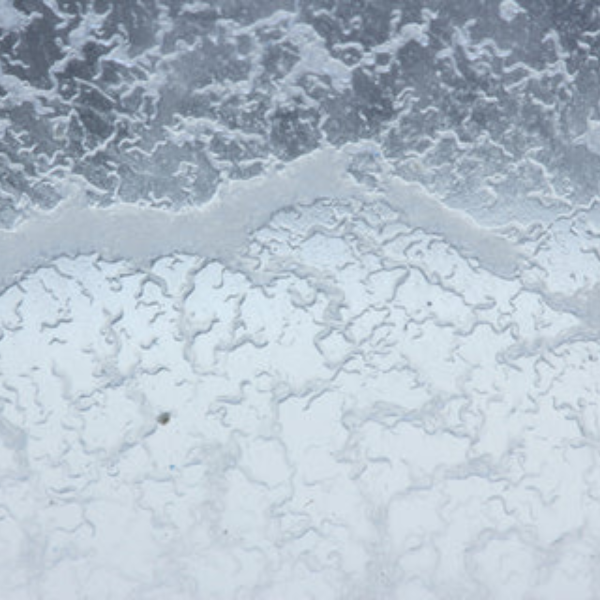




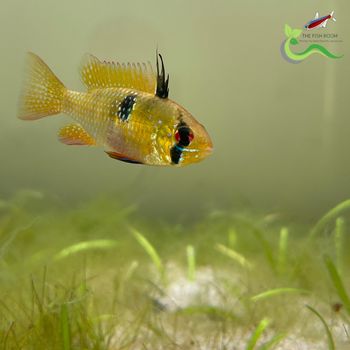
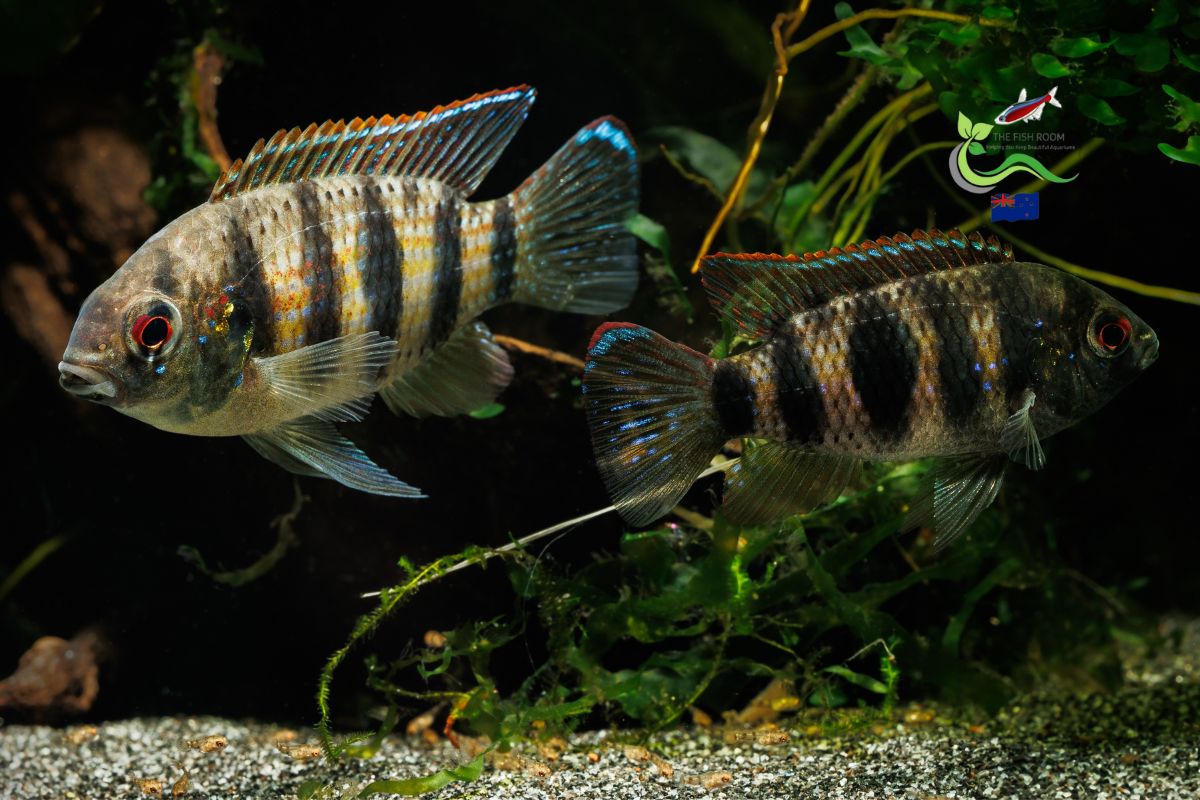
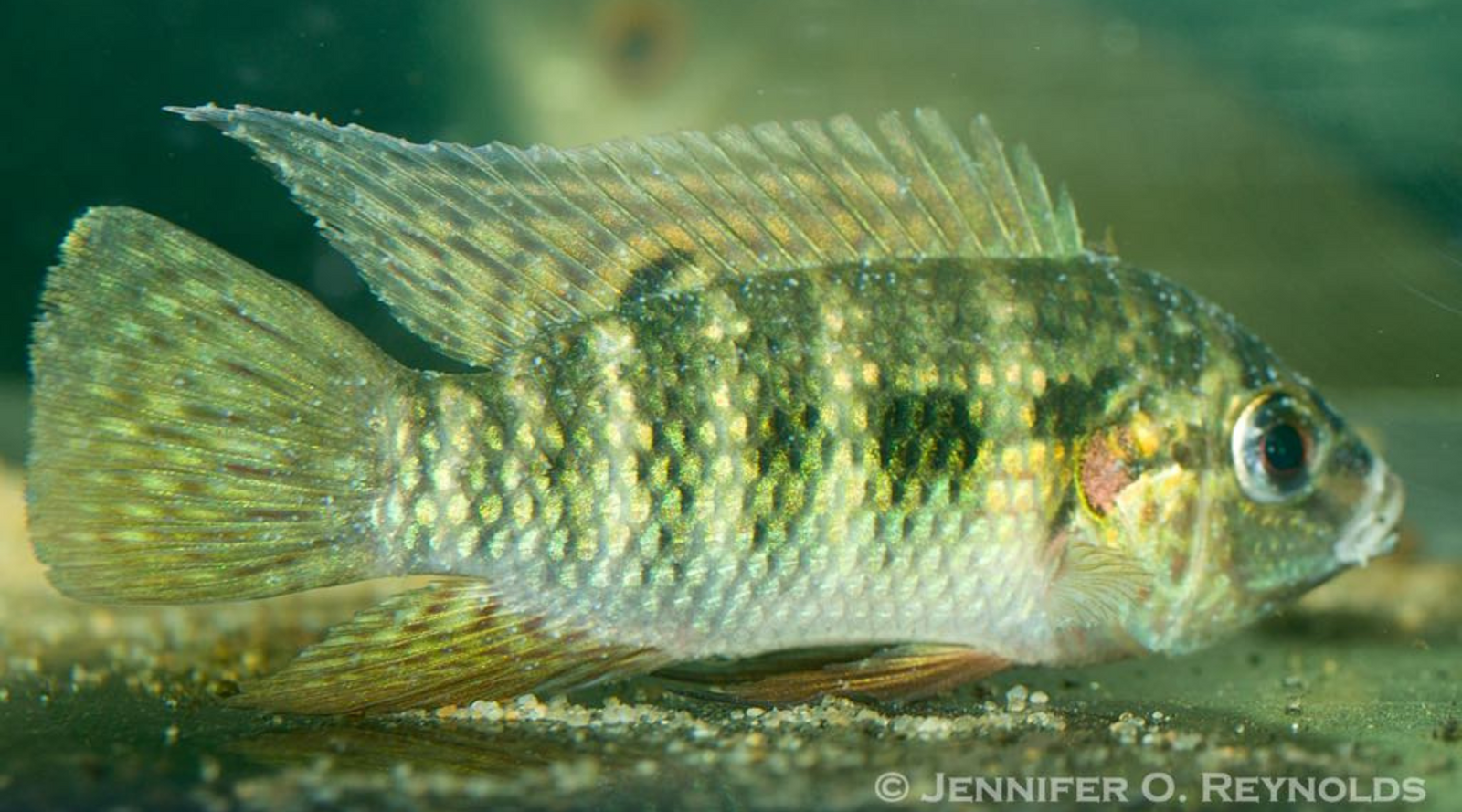
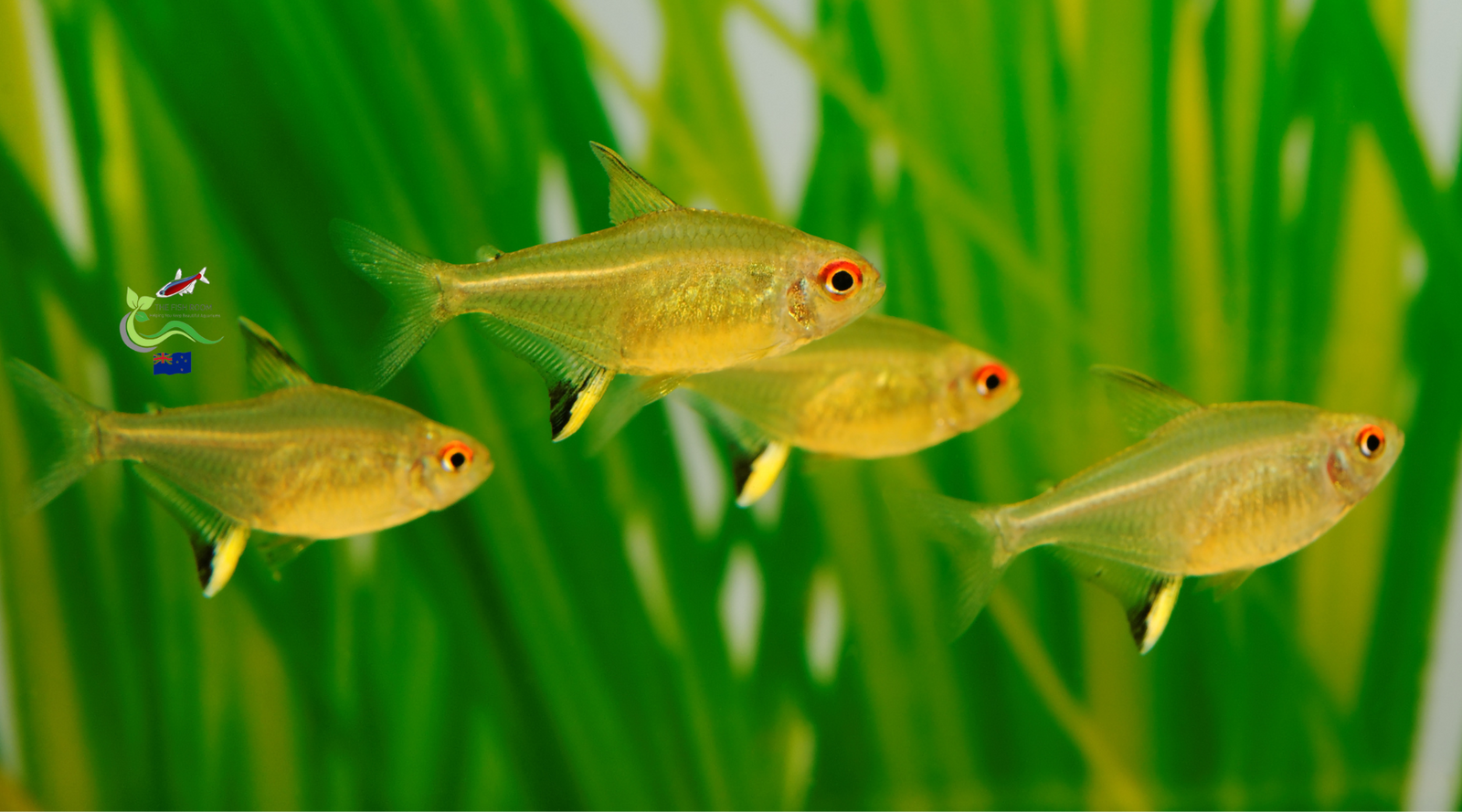
Leave a comment (all fields required)